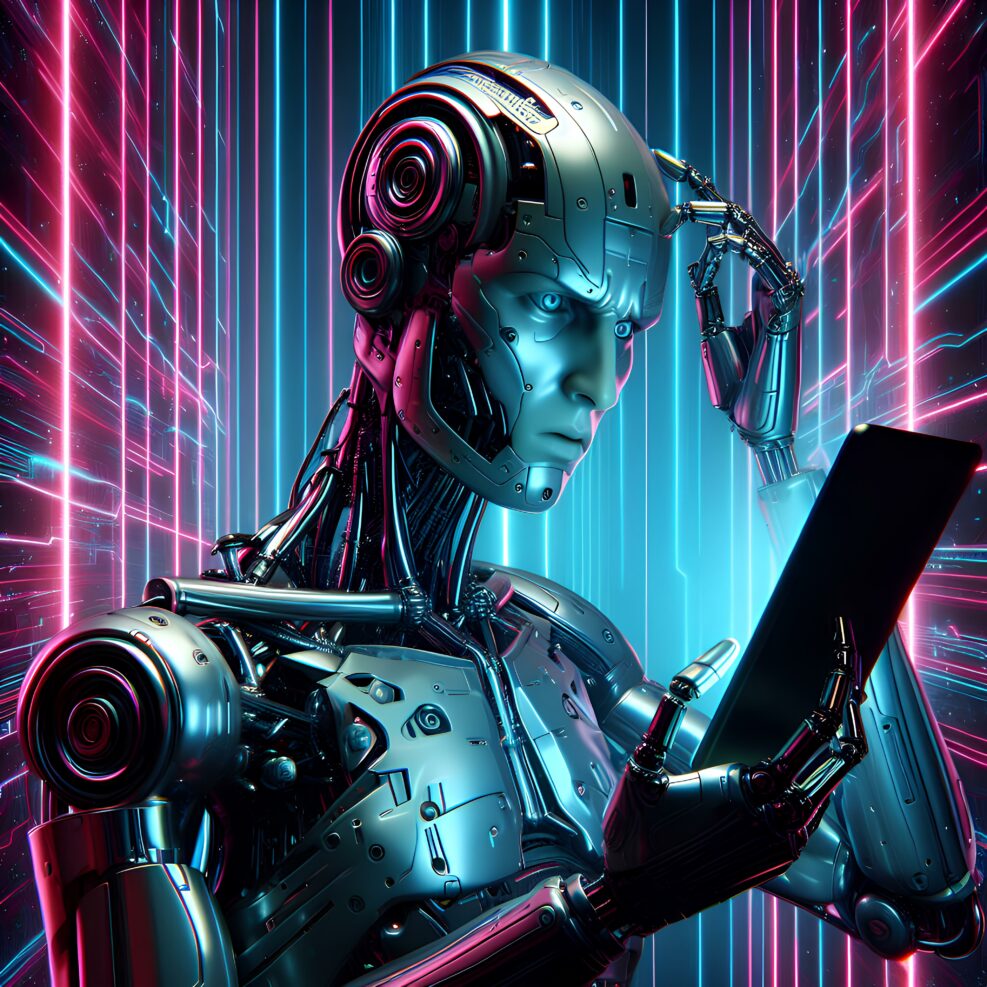
If AI’s Don’t Know What They’re Doing, Can We Hope to Explain It?
With AI, we have a world of powerful, useful, but entirely opaque systems. We don’t know why they make decisions and neither do theyIn yesterday’s post, I talked about the fact that AI’s don’t understand the work they’re doing. That makes the goal — to make them think like people — elusive. This brings us to the second problem, which ended up spawning an entire field, known as “Explainable AI.” Neural networks not only don’t know what they’re doing when they do it, they can’t in general explain to their designers or users why they made such-and-such a decision. They’re a black box; in other words, they are obstinately opaque to any attempts at a conceptual understanding of their decisions or inferences. How does that play out? It means, for example, that, with image recognition tasks like facial recognition, the network can’t explain Read More ›


